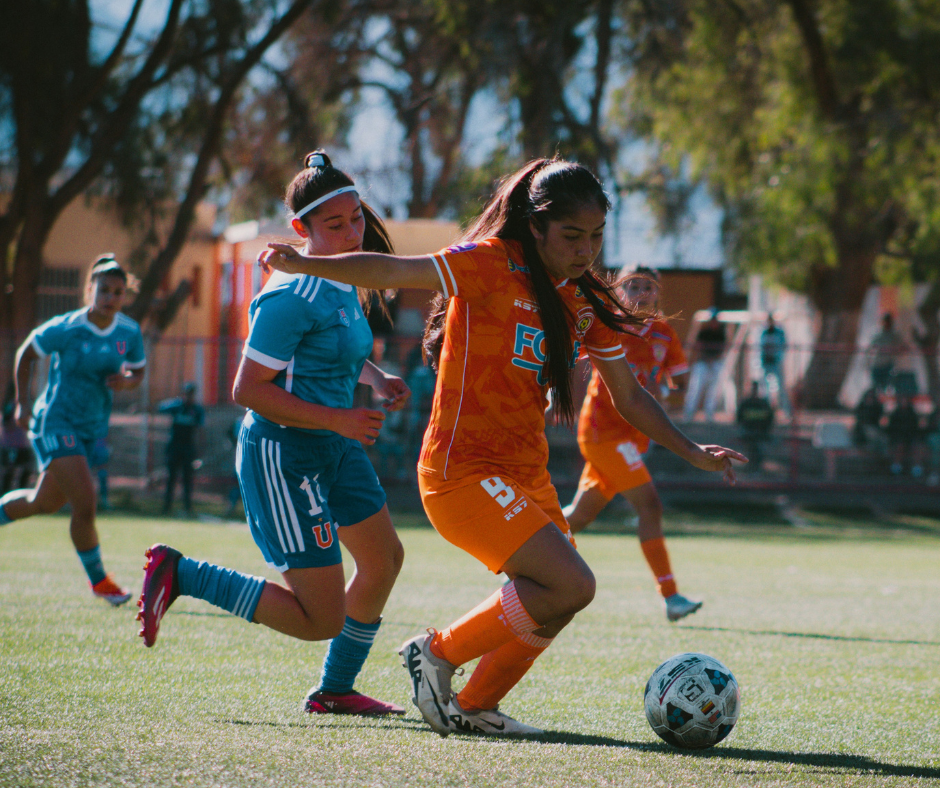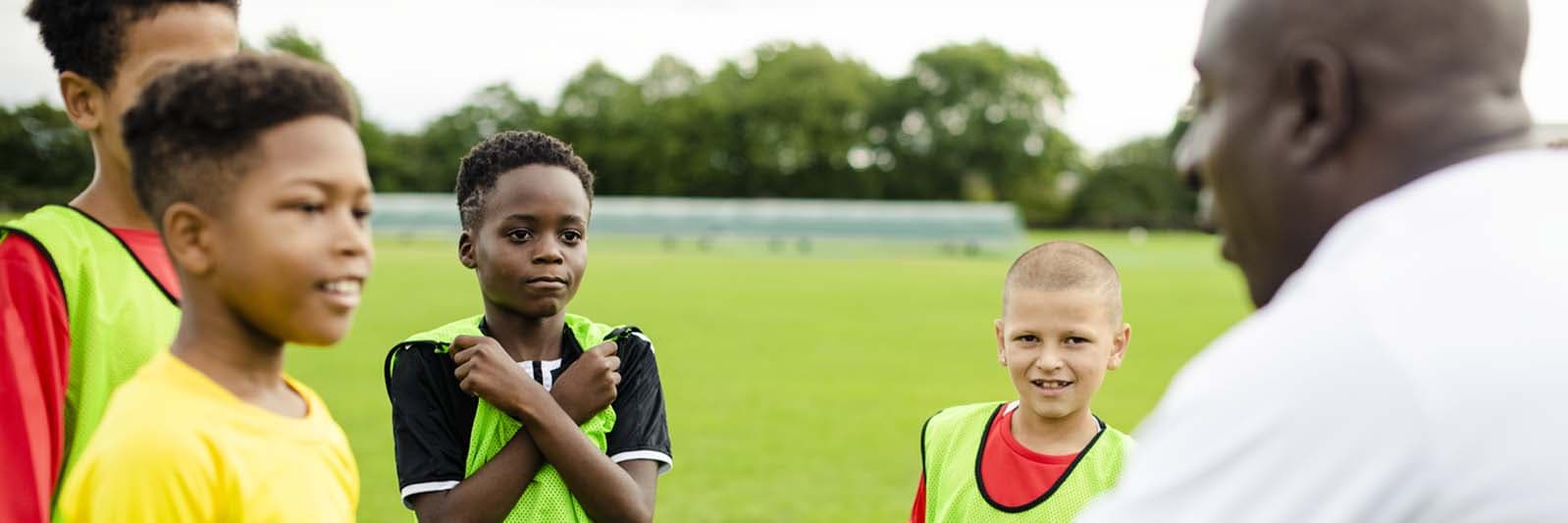
Can We Spot ACL Injuries Before They Happen?
Can We Spot ACL Injuries Before They Happen? The moment is every parent’s worst fear: your child plants their foot, cuts hard, and goes down clutching their knee. An ACL tear. Months of rehab. Seasons lost. And maybe, dreams altered.
Take Our Quiz to Find Out What Kind of Sports Parent You Are
What if there were signs before that moment — small signals in how they run, jump, or rest — that could warn us they were at risk? Those signals are there, but most of us can’t see them with the naked eye. Coaches and sports scientists are learning how to track them more closely, turning movement into data and data into insight.
But it’s important to note that while wearable data can be insightful, leading sports medicine experts emphasize it should be viewed as one more informative cue—not a crystal ball, they work best when paired with proven methods like neuromuscular training, proper technique, and recovery strategies.
Soccer Players Are Just Built Different
One of the leaders in the data tracking space is STATSports, the official performance tracking partner of U.S. Soccer and many professional clubs worldwide. Their athletes wear lightweight GPS units, usually tucked into a vest, that quietly record movement throughout training and games. These trackers collect data on how fast and far players run, how often they cut or decelerate, and how much strain their bodies are under. By analyzing that data, coaches can spot red flags — imbalances, fatigue, or risky movement patterns — before they lead to injury.
STATSports shared with us five of the most important markers they monitor with athletes to help reduce ACL risk. Think of these less like complicated statistics and more like warning lights on a dashboard — indicators that tell us when a body might need attention.
1. Step Balance
What it is: Tracks whether an athlete is loading both legs evenly.
Why it matters: Consistent imbalance means one leg is doing more of the work. Over time, this puts extra strain on the weaker side and increases the chance of the knee collapsing inward — a common mechanism for ACL tears.
2. Dynamic Stress Load
What it is: A measure of how much mechanical stress the body is absorbing during high-impact activity.
Why it matters: Too much stress without enough recovery leaves stabilizing muscles fatigued, which means less control over the knee joint when it matters most.
3. Deceleration Load
What it is: The force generated when an athlete stops suddenly.
Why it matters: Many ACL tears don’t happen while sprinting forward, but when an athlete slams on the brakes. If those stopping forces are consistently high, it’s a red flag that technique, strength, or training loads may need to be adjusted.
4. Cutting Mechanics (Change of Direction Load)
What it is: Tracks how often and how forcefully athletes change direction.
Why it matters: Cutting is essential in sports like soccer, lacrosse, and basketball — but when done with poor form (knees collapsing inward, hips rotating awkwardly), it’s one of the most common non-contact triggers for ACL injuries.
5. Work: Rest Ratio
What it is: The balance between effort and recovery.
Why it matters: Athletes who work at high intensity without enough breaks accumulate fatigue. Fatigue means slower reflexes, poor mechanics, and higher risk of awkward landings or missteps — all of which make ACL tears more likely.
What Parents Can Do
Even without trackers or data, these five areas are worth watching. Is your child favoring one leg after a minor injury? Do they look unusually stiff or sore after practice? Are they struggling to recover between games or showing more fatigue than usual during tournaments? Each of these could be a clue their body is under strain.
Technology can add another layer by quantifying what parents and coaches already see — but it’s still only part of the bigger picture. Sleep, nutrition, hydration, recovery habits, fatigue, and even the menstrual cycle all play a role, too. In the end, our kids’ bodies are constantly talking. The more we learn to listen, the better chance we have of keeping them healthy, confident, and on the field.











